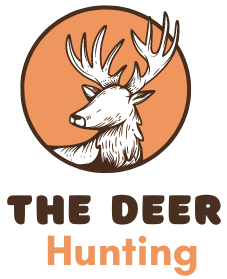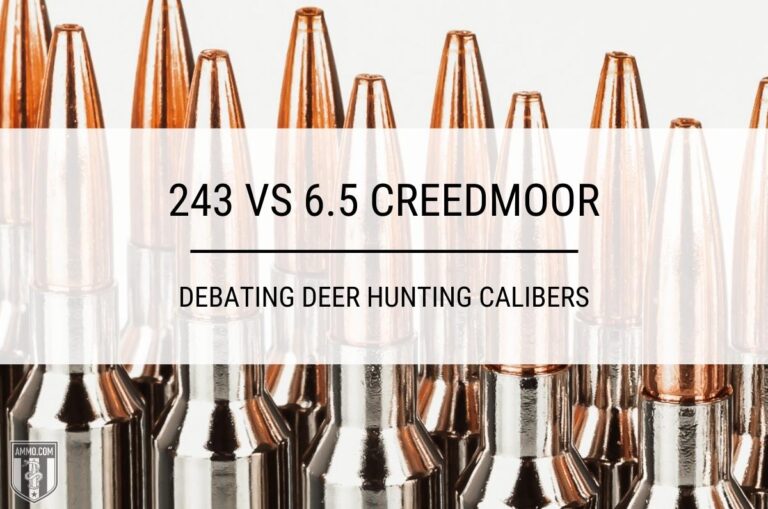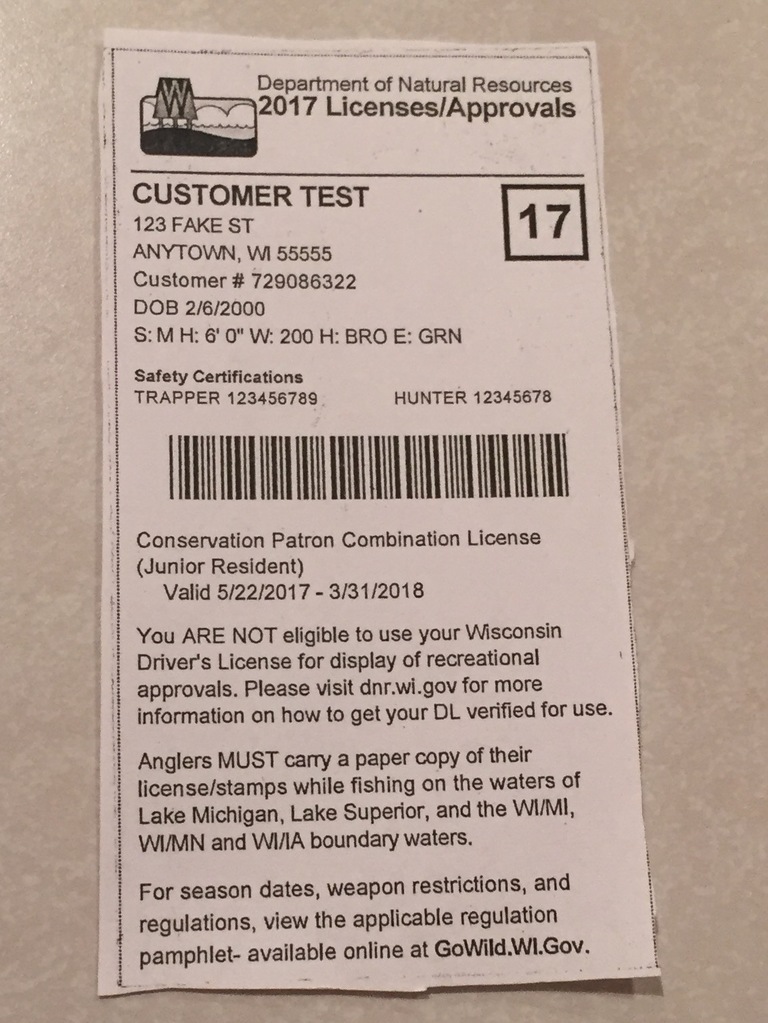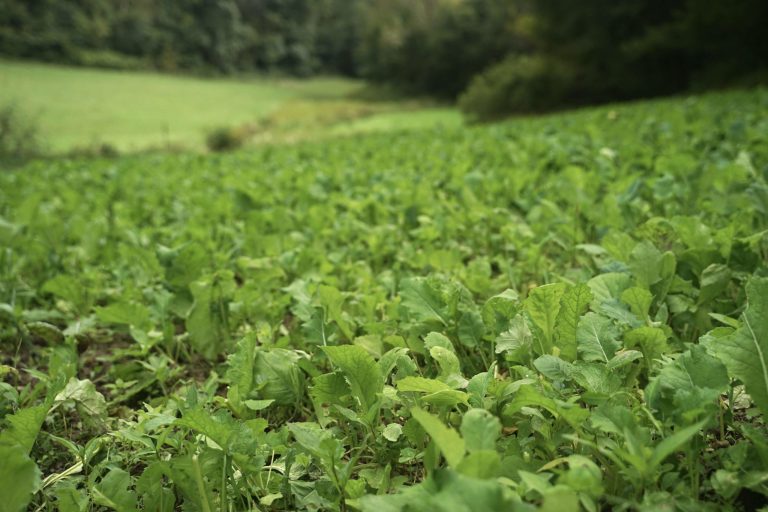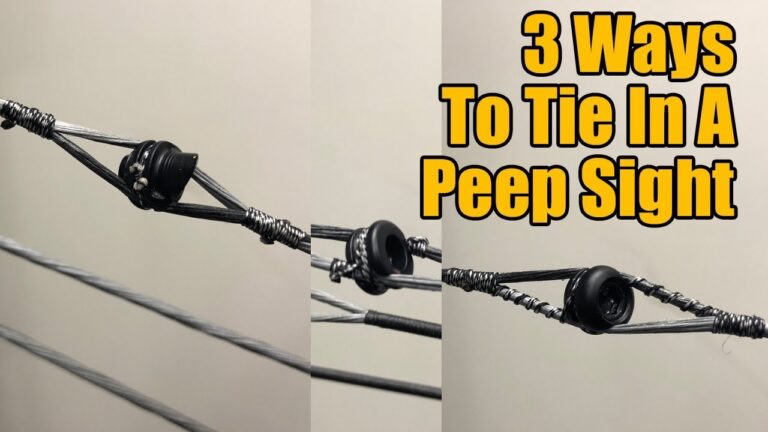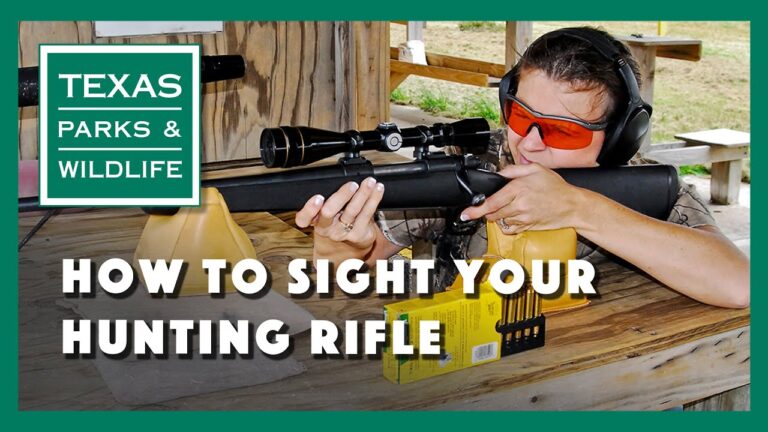Whitetail Deer Antler Size Chart: Measure Trophy Bucks Accurately
Whitetail deer are fascinating creatures, admired for their majestic antlers. Hunters, wildlife enthusiasts, and researchers often seek information about antler size.
Understanding the size of whitetail deer antlers can be both exciting and informative. Antlers are not just for show; they offer insights into the health, age, and genetics of the deer. For those tracking deer populations or hunting for sport, knowing how to gauge antler size is crucial.
Antler size can vary widely, influenced by factors like age, nutrition, and environment. This blog post will guide you through a detailed whitetail deer antler size chart. By the end, you’ll have a clearer understanding of what these antlers tell us about these incredible animals.
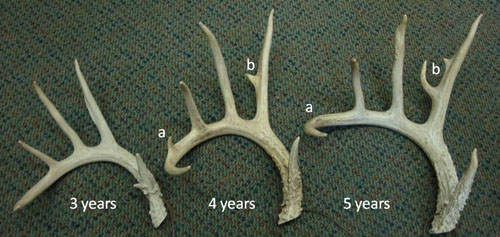
Credit: www.msudeer.msstate.edu
Introduction To Whitetail Deer Antlers
Discover the fascinating world of whitetail deer antlers. This whitetail deer antler size chart helps understand their growth stages. Learn about the impressive variations in antler size among these majestic creatures.
Whitetail deer antlers are fascinating structures. They grow from the deer’s head. Each year, bucks shed and regrow their antlers. Antlers are made of bone and covered in a soft layer called velvet. This velvet helps supply nutrients to the growing antlers. Antler size can vary greatly among deer. Factors like age, genetics, and nutrition play a role. Many deer hunters and wildlife enthusiasts find antler growth intriguing. Understanding antler size can give insights into the health and age of the deer.Importance Of Antler Size
Antler size is important for several reasons. Larger antlers often indicate a healthy deer. They can also suggest a deer is older and more experienced. Hunters value larger antlers as trophies. Wildlife biologists use antler size to study deer populations. They can learn about the herd’s health and genetics.Common Misconceptions
There are many misconceptions about antler size. Some people think antlers grow continuously throughout a deer’s life. This is false. Antlers are shed and regrown yearly. Others believe diet alone determines antler size. While nutrition is important, genetics also play a big role. Finally, many assume all deer in a region will have similar antler sizes. This is not true. Individual variation is common in deer antlers. “`Factors Influencing Antler Growth
Whitetail deer antlers are fascinating and serve various purposes. Several factors influence their growth. These include genetics, nutrition, age, and habitat. Each plays a critical role in the development of antlers. Let’s explore these factors in detail.
Genetics
Genetics plays a primary role in antler size. Deer inherit traits from their parents. Strong genetic lines lead to larger antlers. Poor genetics result in smaller antlers. Breeding programs aim to enhance desirable traits. This improves antler size over generations.
Nutrition
Nutrition is crucial for antler growth. Deer need a balanced diet. Key nutrients include protein, calcium, and phosphorus. A diet rich in these nutrients boosts antler size. Poor nutrition stunts antler development.
| Nutrient | Importance |
|---|---|
| Protein | Essential for growth |
| Calcium | Strengthens antlers |
| Phosphorus | Enhances density |
Age
Age is another key factor. Young bucks grow small antlers. As they age, antlers grow larger. Peak antler size occurs around 5 to 7 years. After this period, size may decline.
- 1-2 years: Small antlers
- 3-4 years: Medium antlers
- 5-7 years: Peak size
- 8+ years: Decline begins
Habitat
Habitat quality affects antler growth. Deer in rich habitats grow larger antlers. Factors like food availability, water sources, and shelter influence this. Poor habitat leads to smaller antlers.
Maintaining a healthy habitat is vital. It ensures deer have what they need to grow large antlers.
Tools Needed For Measurement
Measuring a whitetail deer’s antlers requires a few essential tools. Using the right tools ensures accurate measurements. This section will cover the primary tools needed for this task.
Measuring Tape
A measuring tape is crucial for measuring antler length. It helps in measuring the main beam length. Choose a flexible tape to measure curves accurately. Mark each measurement clearly for precise scoring.
Scoring Sheets
Scoring sheets help record measurements. They provide a structured format. This helps in keeping the data organized. Each section of the antler has a specific place on the sheet. This makes scoring easier and more accurate.
Calipers
Calipers are essential for measuring antler width. They provide precise measurements. Use them for both the base and the tines. Digital calipers are highly recommended. They offer exact readings and ease of use.
Measuring The Main Beam
Understanding how to measure the main beam of a whitetail deer is crucial for hunters and enthusiasts. It helps in comparing the size and structure of antlers. This guide will walk you through the steps involved in measuring the main beam accurately. Proper measurement ensures that your data is precise and useful.
Starting Point
The starting point is vital for accurate measurement. Begin at the burr, where the antler meets the skull. Use a flexible measuring tape. Make sure to follow the contour of the antler closely.
Position the tape at the inner edge of the burr. This ensures consistency in measurement. Keep the tape flat against the antler to avoid errors.
Recording Length
After establishing the starting point, proceed to measure the length. Extend the measuring tape along the center of the outer curve. Follow the natural line of the antler’s main beam.
Measure up to the tip of the main beam. Record the measurement accurately. Double-check to ensure precision.
Here’s a table to summarize the steps:
| Step | Description |
|---|---|
| 1 | Begin at the burr |
| 2 | Follow the contour with a flexible tape |
| 3 | Measure along the outer curve |
| 4 | Record up to the tip |
Accurate measurements provide valuable data for antler size charts. This helps hunters make informed decisions. It also aids in tracking the growth of whitetail deer over time.
Measuring Tine Lengths
Measuring the tine lengths of a whitetail deer is essential. It helps in scoring and understanding the antler’s size. This process can be simple with the right steps. In this section, we will guide you through measuring the tines accurately.
Identifying Tines
Tines are the points that branch off the main beam of the antler. Each tine has a unique position and length. Start by identifying these points. Count all the tines on both antlers. This will give you a clear idea of what you need to measure.
The first tine is usually the brow tine. It is closest to the base. The next tines are G1, G2, and so on. This naming helps in keeping track. Ensure you have identified all tines before you start measuring.
Measuring Each Point
Use a measuring tape or ruler for accuracy. Start from the base of each tine. Measure to the tip of the tine. Keep the measuring tape straight. Avoid bending it along the curve of the tine.
Record the length of each tine. Write it down immediately to avoid confusion. Measure both antlers the same way. Compare the lengths to understand the overall size. This method ensures you get the correct measurements.
Accurate measurement is crucial for scoring. Follow these steps, and you will have precise tine lengths.
Calculating Inside Spread
Calculating the inside spread of whitetail deer antlers is essential. This measurement helps hunters and wildlife enthusiasts compare and score antlers accurately. Understanding how to measure the inside spread ensures consistency and reliability.
Locating Widest Points
The first step in measuring inside spread is finding the widest points. Identify the two main beams of the antlers. These beams typically curve outward. Look for the spots where the beams are furthest apart. Mark these points for reference.
Taking Accurate Measurements
After locating the widest points, use a measuring tape or ruler. Place the tape across the marked points. Ensure the tape is straight and level. Record the measurement in inches. Double-check the measurement for accuracy. Repeat if necessary.
Assessing Circumference
Assessing the circumference of whitetail deer antlers is crucial for scoring. It provides insight into the deer’s age, health, and genetics. Measuring the circumference accurately can be tricky. This guide will help you understand the key areas to focus on.
Base Circumference
The base circumference is measured at the point where the antler meets the deer’s head. This is also known as the burr. To measure:
- Wrap a flexible tape measure around the base of the antler.
- Ensure the tape is snug but not too tight.
- Record the measurement in inches to the nearest eighth.
Note: Larger base circumferences often indicate older, more mature bucks.
Circumference Between Tines
Measuring the circumference between tines is another critical step. The tines are the points or spikes on the antlers. To measure between tines:
- Find the narrowest point between two tines.
- Wrap the tape measure around this point.
- Ensure the tape is snug but not too tight.
- Record the measurement in inches to the nearest eighth.
Repeat this process for each tine on the antler. This provides a comprehensive understanding of the antler’s overall size and growth pattern.
| Measurement Point | Measurement Method |
|---|---|
| Base Circumference | Wrap tape around the base, record in inches. |
| Circumference Between Tines | Measure narrowest point between tines, record in inches. |
Understanding these measurements helps hunters and enthusiasts appreciate the complexity of deer antlers. It also aids in scoring and comparison for trophies. Always measure carefully for accurate results.

Credit: www.facebook.com
Scoring And Classifying Trophy Bucks
Determining the value of a trophy buck involves more than just looking at the size of its antlers. Hunters use various scoring systems to classify and score whitetail deer. This helps hunters understand how their deer compares to others. The process includes measuring and documenting specific antler characteristics. This section will cover two main scoring systems and the differences between typical and non-typical antlers.
Boone And Crockett Scoring System
The Boone and Crockett Club created a detailed system for scoring deer antlers. This system is widely used for scoring trophy bucks. The process involves measuring several key points on the antlers. Here are the main measurements:
- Main Beam Length: Measure each main beam from the base to the tip.
- Point Length: Measure from the base of each point to the tip.
- Spread: Measure the inside spread between the main beams.
- Mass: Measure the circumference at four locations on each antler.
Each measurement is recorded in inches. The total score is the sum of these measurements. Points are deducted for asymmetry and irregularities.
Typical Vs Non-typical Antlers
Antlers are classified into two categories: typical and non-typical. Understanding the difference is crucial for accurate scoring.
Typical Antlers: These antlers are symmetrical and have a common shape. They have main beams with evenly spaced points. Typical antlers are easier to score because of their regularity.
Non-Typical Antlers: These antlers have irregular shapes. They may have extra points or abnormal growths. Scoring non-typical antlers involves additional measurements. Extra points and irregularities can add to the score.
The Boone and Crockett system has different criteria for typical and non-typical antlers. Hunters should be familiar with these differences to score their bucks accurately.
Tips For Accurate Measurements
Measuring whitetail deer antlers accurately is essential for hunters and wildlife enthusiasts. It ensures reliable data for scoring and comparisons. Follow these tips to get precise measurements every time.
Double-checking Measurements
Always double-check your measurements. Consistency is key. Use a reliable measuring tape and record your results in a notebook. Measure both antlers separately.
Here are some steps to double-check your measurements:
- Measure the main beam length from base to tip.
- Measure each tine from the main beam.
- Take circumference measurements at multiple points.
- Record each measurement carefully.
Common Errors To Avoid
Avoid these common errors to ensure accurate measurements:
- Incorrect starting point: Start measuring from the base, not the skull.
- Improper tape positioning: Keep the tape straight and taut.
- Ignoring symmetry: Measure both sides and compare for symmetry.
- Skipping measurements: Measure all tines, even the small ones.
- Rushing: Take your time to avoid errors.
Here is a table to help you avoid these errors:
| Common Error | Solution |
|---|---|
| Incorrect starting point | Start from the base, not the skull. |
| Improper tape positioning | Keep the tape straight and taut. |
| Ignoring symmetry | Measure both sides for symmetry. |
| Skipping measurements | Measure all tines, even small ones. |
| Rushing | Take your time to avoid errors. |
Following these tips ensures accurate and reliable antler measurements. Happy measuring!
Documenting And Sharing Your Trophy
Measure and document your whitetail deer antlers using a size chart. Share your hunting achievements with fellow enthusiasts. Keep track of your trophies easily.
Capturing the details of your whitetail deer’s antlers is essential. It helps preserve memories and share your success with others. A detailed record ensures the story of your trophy is never forgotten.Photographing Antlers
Good photos show off your trophy’s true beauty. Start by cleaning the antlers. Remove any dirt or debris. This makes them look their best. Find a well-lit area. Natural light works well. It highlights the antlers’ details. Avoid direct sunlight. It can cause harsh shadows. Use a neutral background. This keeps the focus on the antlers. Take photos from different angles. Include close-ups of unique features. Capture the entire rack. Take a photo with you and the antlers. This adds a personal touch. Share your photos with friends and family. They will appreciate seeing your achievement.Recording Measurements
Recording measurements is crucial. It provides a clear record of the antlers’ size. Use a flexible tape measure. Measure each tine from base to tip. Measure the main beam. Start at the base and follow the curve. Note the length in inches. Record the circumference at the base of each tine. This gives an idea of the antlers’ mass. Take measurements in detail. Write them down. Compare them with a whitetail deer antler size chart. This helps determine the trophy’s score. Share the measurements with others. Fellow hunters enjoy discussing antler sizes. They can offer tips for future hunts. Your detailed record can inspire them. By documenting your trophy, you preserve its story. You also share your success with the hunting community. “`
Credit: deerlab.com
Frequently Asked Questions
What Affects Whitetail Deer Antler Size?
Whitetail deer antler size is influenced by genetics, age, and nutrition. Genetics determine the potential size, while age and nutrition help reach that potential.
How To Measure A Whitetail Deer’s Antlers?
To measure antlers, use a flexible tape to measure the main beams, tine lengths, and inside spread.
When Do Whitetail Deer Grow Antlers?
Whitetail deer typically grow their antlers from late spring through summer. They shed them in winter.
Why Do Antlers Vary In Size?
Antler size varies due to genetics, age, and available nutrition. These factors contribute to the overall growth and development.
Conclusion
Understanding whitetail deer antler sizes helps in wildlife tracking. Our chart offers a clear guide to antler measurements. This knowledge aids in identifying deer age and health. Hunters and wildlife enthusiasts benefit from accurate data. Use the chart to enhance your outdoor experiences.
Happy spotting and tracking!
